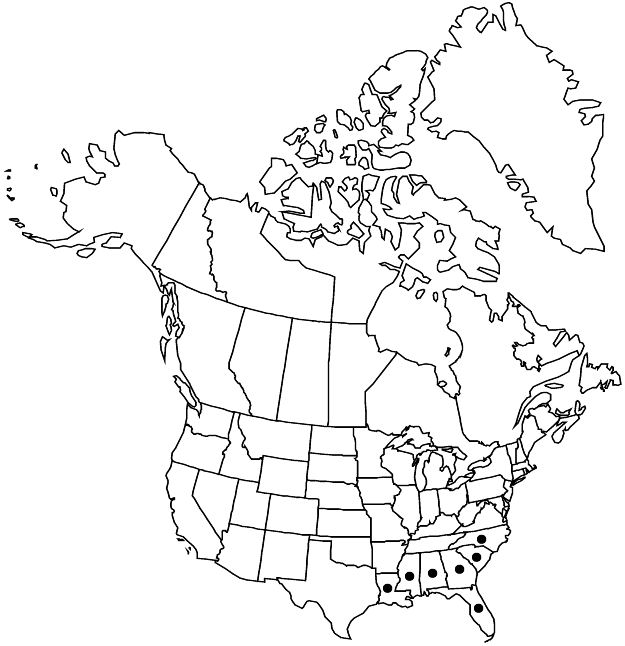Hypericum suffruticosum
Rhodora 63: 15. 1961.
Shrubs, erect and branched from near base, forming cushion, or decumbent and matted, 0.5–2 dm. Stems: internodes 4-lined at first, soon 2-winged. Leaf-blades elliptic or oblong-linear to narrowly obovate or oblanceolate, 3–10 × 1–3 mm, base not articulated, rounded to cuneate, without glandlike auricles, margins plane to subrecurved, apex obtuse, midrib unbranched. Inflorescences 1-flowered, often with pseudodichotomous branches from apical node, without proximal branches; pedicels mostly recurved to reflexed in fruit, bracteoles proximal. Flowers 10–15 mm diam.; sepals persistent, enclosing capsule, (2 or) 4, unequal, outer broadly ovate to broadly elliptic, 4–8 × 4–8 mm, apex obtuse to rounded, inner none or minute; petals 4, pale-yellow, narrowly obovate, often unequal, 4–8 mm; stamens persistent, 30; ovary 2-merous. Capsules cylindric-ellipsoid, 3–5 × 2–3 mm. Seeds scarcely carinate, 1 mm; testa finely reticulate. 2n = 18.
Phenology: Flowering spring–early summer (Mar–Jun).
Habitat: Dry, open, sandy pinelands, coastal plain
Elevation: 0–200 m
Distribution

Ala., Fla., Ga., La., Miss., N.C., S.C.
Discussion
Hypericum suffruticosum is near the “cuneifolium” form of H. crux-andreae; it differs, among other things, by the two-merous ovary, the relatively small or absent inner sepals, the pedicels recurved or reflexed in fruit, and the cushion or matted habit.
Selected References
None.